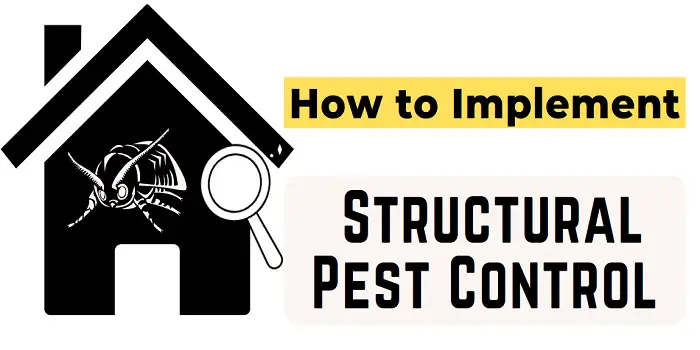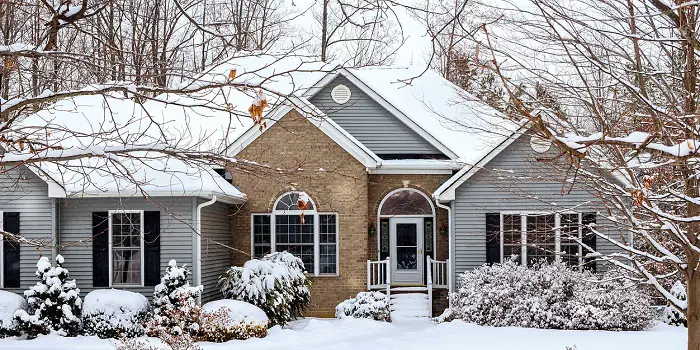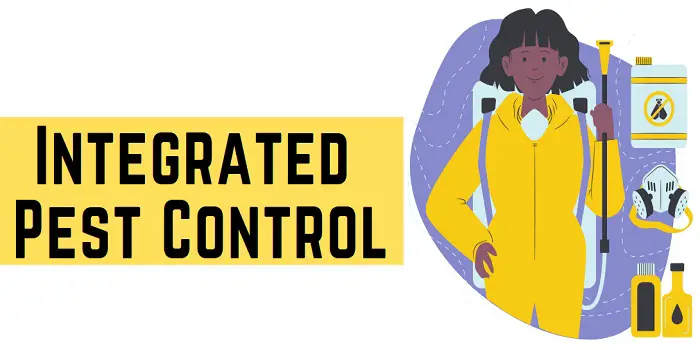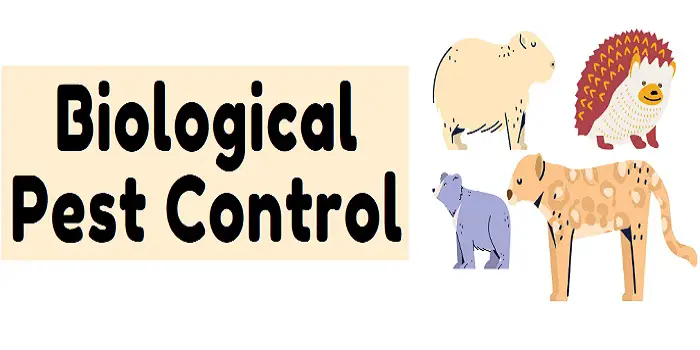
Are you tired of pests invading your property? Are you looking for a solution to get rid of them?
Fortunately, there is an answer to all your problems in the form of structural pest control.
Here is a complete guide on what structural pest control is, what are its pros/cons and the strategies you can implement at home.
Let’s begin…
What is Structural Pest Control?
As the name suggests, structural pest control suggests the controlling of pests around or inside a structure.
It can be any structure such as a house, building, restaurant, workplace, airplanes, trucks, etc.
The method involves using various strategies to keep pests out of the structure.
Some methods of structural pest control include:
- Traps
- Insecticides
- Poison
- Fumigants
- Rodenticides
Of course, there are many more ways to control or eliminate pests, but these are the main ones.
You may be wondering if structural pest control sounds the same as normal pest control, but that is not true.
Structural pest control refers to keeping household pests out of a structure.
Such pests include termites, rats, cockroaches, and any other type of critter that can invade your home.
That’s what makes it different from other types of pest control.
How to Implement Structural Pest Control?
Here are the five steps you should take to implement the structural pest control strategy at home:
Step 1. Inspect
You need to do a thorough inspection of your property.
Doing so is important because you need to have a proper understanding of the pest problem that exists in your structure.
Understand what is attracting pests, where they are coming from, and the places they are hiding.
Here are some important things you need to be on the lookout for:
- Entry points (cracks, gaps, openings, etc.)
- Moisture areas such as leaky equipment
- Evidence of an infestation such as droppings
- Poor food storage that may be accessible to pests
- Harborage areas, i.e., where pests can hide
Step 2. Diagnose
After inspecting and examining, you will have an idea of the lurking pests on your property.
You will have identified the factors that have led to their infestation, and you can take steps to control them.
Step 3. Prescribe
You would know everything by now if you performed a thorough examination.
Now, it is time for you to select a way of pest control, depending on the pests you have.
Here are a few measures you can take:
- Traps
- Sealing entry points
- Baits
- Removing any harborage area such as unsecured trash cans
Step 4. Apply
After choosing the right pest control method, you need to apply it so the problem can be handled.
Use the method you have chosen with accuracy, precision, and safety if you want the best results.
Once you do, you will get rid of pests in no time.
Step 5. Evaluate
Last but not least, you have to evaluate your control method. You need to keep monitoring your strategy to check if it’s working.
If it’s not, then you need to come up with better ways of pest control.
The Pros and Cons of Structural Pest Control
Now that you know what structural pest control is, it is time to understand its pros and cons.
The Pros
Let’s begin with the benefits of using this control method:
1. Reduces Risk Of Structural Damage
Pests such as termites, rats, and other wood-boring bugs can cause damage to the structure of your property.
They can eat away at your insulation, drywall, wiring, and many other structural components.
In the long run, you’re the structure of the property can weaken.
That is why structural pest control should be done so this problem is taken care of early on.
That way, the structure will remain intact, and you will not have to spend extra money on fixing it once the infestation is taken care of.
2. Eliminates Health Risks
Pests are known for spreading various diseases.
The type of disease and the way it is contracted depends on the pest.
Did you know that cockroaches are responsible for spreading more than thirty types of bacteria, one of them being Salmonella?
Besides that, cockroaches can also spread pathogens that are detrimental to our health.
If you don’t want anyone in your workplace or home contracting these health problems, you should immediately call a pest control expert.
3. Reduces Risk Of Contamination Of Food Products
Yes, pests are responsible for contaminating food, too, if you didn’t know already.
Every year rodents are responsible for destroying food that can feed more than two hundred million people.
So, food wastage is one thing, but they also contaminate the food, which can cause food-related illnesses in humans.
As an employer, you must eliminate this risk in your workplace.
However, if you are a homeowner, you need to protect people from such health risks.
That’s why you need to call a pest control expert as soon as you detect this problem on your property.
The Cons
Let’s explore the challenges of using this pest control method:
1. Consistent Maintenances
Structural pest control is not just a one-time solution.
You can’t employ a method once and expect it to provide you with long-term results.
That is why you must consistently maintain the pest control measures you have implemented.
Once you consistently maintain it, the solution will be long-term, and you will enjoy a pest-free property for a long time to come.
2. Complexity Of Implementing A Pest Management Plan
The biggest challenge of structural pest control is an effective plan.
Doing this is complex because you need to have a sound understanding of the pest you want to eliminate.
Without this understanding, your plan will not be effective.
That is why you need to do thorough research and understand the lurking pests in your structures.
Once you do, you can find specific ways for each of them to eliminate them successfully.
Implementation is not a disadvantage but a challenge because you need to approach it with skill and understanding.
The Conclusion
That was your complete guide on structural pest control.
If you have a pest problem on your property, follow our lead, and you will be good.
After all, no one wants unwanted critters on their property.
Share the post "What is Structural Pest Control – How to Implement It?"

Welcome to ProShieldPest.com. I am Tina Jones. I have been working as a pest removal professional in Winslow, Arizona lately. At present, I love to spend my time with my family as a retiree.
Here I share all my knowledge and experiences to help people understand better how they can stop pests at their homes without actually killing them. Hopefully, the information you will find here will help in safeguarding your home! You can check more about me here.




